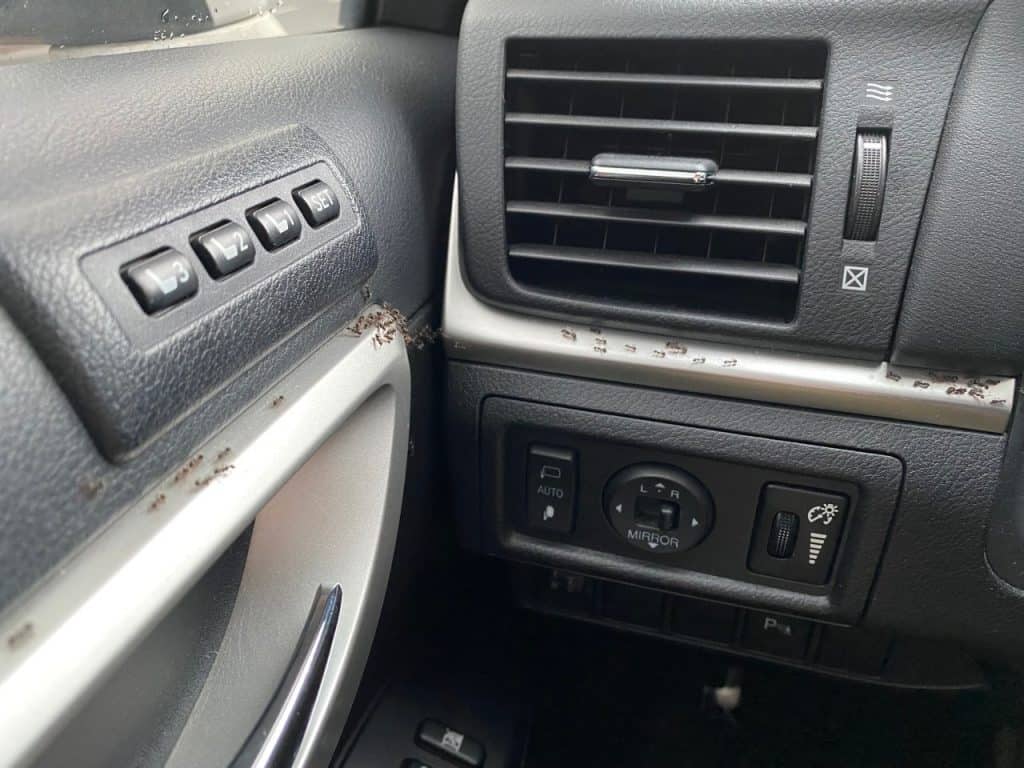Share this article
Game Birds Ingesting Plastic and Garbage Metal: Study
Waterfowl commonly hunted as game birds in eastern Canada are ingesting significant amounts of plastic and garbage metal, according to a new study.
While researchers have been documenting the ingesting of plastic by seabirds for some time, biologists were surprised to find accumulations of garbage in birds that spend most of their time on land.
“The alarming thing was that we didn’t even expect these birds to be picking it up,” said Mark Mallory, a Canada Research Chair and associate biology professor at Acadia University in Nova Scotia and the senior author of a study published in Marine Pollution Bulletin. “It’s pretty disturbing that the species we hunt are picking up this garbage and digesting it.”
Mallory and a research team examined three waterfowl species wintering in Atlantic Canada including mallards (Anas platyrhynchos), American black ducks (Anas rubripes) and common eiders (Somateria mollissima). They found that the mallards ingested the largest amount of garbage, with six out of 13 individuals (46 percent) having plastic in their gizzards. Six out of 87 (7 percent) dissected black ducks had plastic and one of 48 eiders (2 percent).
The reason for the higher levels of plastic in black ducks and mallards probably has to do with the fact that they tend to feed near the surface, where plastic accumulates. “We think they mistake it for food bits,” he said. The eiders, meanwhile, tend to eat mussels or other food deeper below the surface.
“We didn’t expect eiders to get much, because they don’t feed in areas that get much plastic pollution,” he said.
But researchers also found the birds had ingested small bits of garbage metal that wasn’t lead or steel from shot. Four of the mallards had metal, two of the black ducks and one of the eiders.
“Because they’re wintering along the ocean, they must be getting it along the coastline,” he said. ‘It’s an unexpected but yet another source of concern to us.”
In this and other studies, Mallory has found plastic and metal trash in waterfowl and seabirds now ranging from the southern coast of Nova Scotia all the way up to Ellesmere Island — the northernmost island in Canada.
“We think of these things as being wild birds, as living in pristine areas, but we don’t think of the garbage being as prevalent as it actually is,” he said. “It’s a real statement about how ubiquitous garbage in the ocean is.”
Header Image:
Matthew English (left) with an American black duck. English is the lead author of a new study that shows that waterfowl commonly hunted in Atlantic Canada ingest plastic and garbage metal.
Image Credit: Mark Mallory








